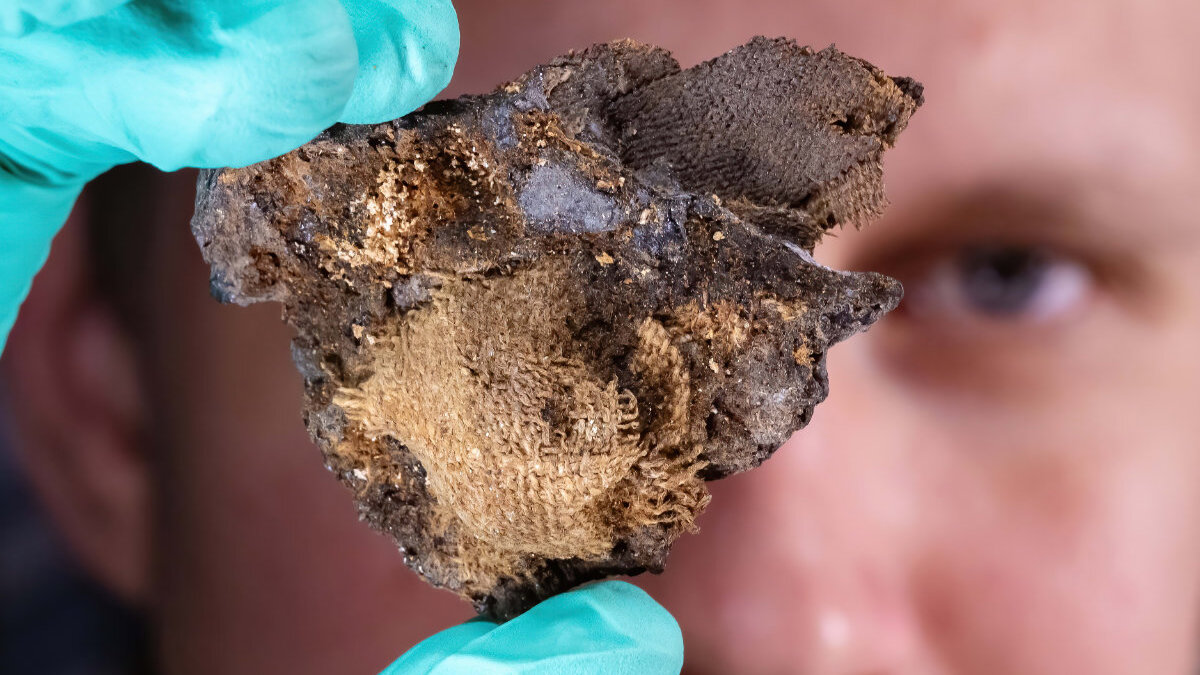The archives of the Friedrich Schiller University Jena store extensive collections – including around 20 mummy fragments. Researchers from prehistoric and early historical archaeology, biology and medicine have comprehensively examined these pieces for the first time and have now presented their results in the “Annals of the History and Philosophy of Biology”. These include four skulls, a torso fragment, a pelvis, two lower jaws, two groups of vertebrae, three left feet and some tissue remains from Egyptian mummies as well as two almost completely preserved child mummies from South America. “Where exactly they came from, under what circumstances they were found and how they got to Jena cannot be conclusively clarified because we have no documents on this,” says Dr. Enrico Paust, the curator of the collection for prehistory and early history, to which the mummies now belong. Labels were limited to just a few numbers.
“Mummy mania” around 1900
Most of the pieces were part of the medical history collection of Prof. Dr. Theodor Meyer-Steineg. The ophthalmologist completed his habilitation in the history of medicine at the University of Jena in 1907, then taught as a professor until 1933 and, together with a colleague, published a history of medicine in 1921, which is still one of the most important German-language survey works in this field today. During his time in Jena, he compiled a medical history collection consisting of around 700 objects, including antique medical instruments, teaching models and mummies. “It is no longer possible to understand where Meyer-Steineg got these from today,” explains Paust.
A few pieces also came from the collection of the entomologist Otto Schmiedeknecht, who received his doctorate under Ernst Haeckel in 1877. He undertook research trips to the Mediterranean region – including Egypt – and possibly made purchases directly on site. “At the end of the 19th and beginning of the 20th century there was a real mummy mania and the trade flourished,” says Paust. “Not only did scientific institutions buy, the mummified corpses or body parts were even ground into powder and traded as medicine or aphrodisiacs.”
Remains of 15 different people
The lack of information also makes it difficult to say anything about the people who have died. At least the investigations as part of the current project – including radiological methods at the Jena University Hospital – led to further findings: the two South American children were under one and one to one and a half years old at the time of their death. The mummy fragments of the pieces from Egypt come from three males and two females; no information can be given about another eight remains. “Two of the deceased were possibly related to each other because they had identical epigenetic characteristics,” says Paust. DNA analysis was generally not possible because the genetic material was too damaged. All mummies come from the post-Christian period, but more precise information is not possible due to the state of preservation.
Meaningful fabric
The Jena research team paid particular attention to the tissue with which the mummies are wrapped. »So far, research into such pieces has generally focused on anthropological studies and the mummification process. We called in the textile restorer Friederike Leibe-Frohnsdorf, who, for example, took a close look at the types of fabric and the thread density,” says biology historian Prof. Dr. Uwe Hoßfeld, who is also involved in the project.
Large differences in the fineness of the tissue suggest that the textiles with which the Egyptian mummies were wrapped were made for different uses and could have also served as clothing, say the researchers. And the material also provides valuable information: the fabrics are primarily made of flax or hemp, but the use of cotton in some pieces may provide a dating aid. The earliest cotton textiles found in North Africa dated back to the 1st century BC. BC. These are imported goods from India. According to the Jena experts, the fact that there are unspun fibers on the two mummy parts in the Jena collection could also indicate local cotton cultivation, which could only be proven from the 1st century AD.
